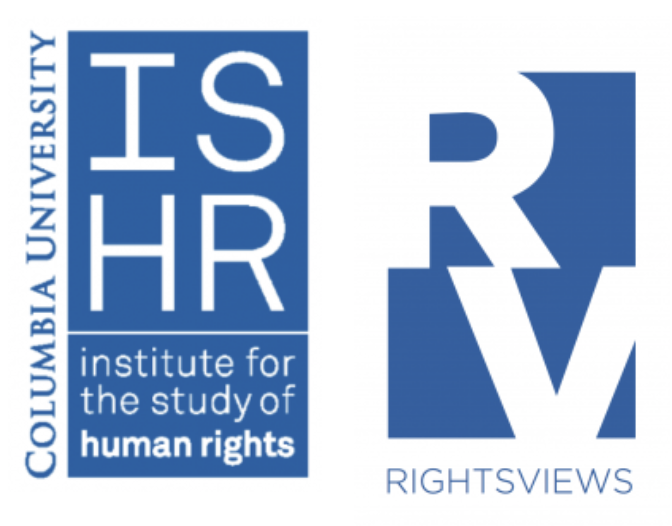By Susanne Prochazka, staff writer for RightsViews and a graduate student in the Human Rights MA Program.
Ethereal, smoky, crimson-red droplets drift across the screen as the next speaker is introduced during the online launch of the Palgrave Handbook of Critical Menstruation Studies on October 8th. Jen Lewis’ “Beauty in Blood” art introduces each new speaker, emphasizing the stark red color of menstrual blood and reinforcing the artist’s goal of breaking the stigma surrounding menstruation.
T he Palgrave Handbook of Critical Menstruation Studies is the first of its kind, an open access handbook containing a multidisciplinary collection of works drawn from the field of Critical Menstruation Studies. Content in The Handbook comes from a variety of genres, from multimedia art to public health, proving that menstruation is both a rich and varied field of study, as well as a vital component of health and human rights studies. Following opening comments from the editors, including Inga T. Winkler, lecturer for ISHR and Director of Undergraduate Studies for Columbia’s Human Rights Program, several contributing authors spoke on their areas of study and the importance of menstruation studies.
he Palgrave Handbook of Critical Menstruation Studies is the first of its kind, an open access handbook containing a multidisciplinary collection of works drawn from the field of Critical Menstruation Studies. Content in The Handbook comes from a variety of genres, from multimedia art to public health, proving that menstruation is both a rich and varied field of study, as well as a vital component of health and human rights studies. Following opening comments from the editors, including Inga T. Winkler, lecturer for ISHR and Director of Undergraduate Studies for Columbia’s Human Rights Program, several contributing authors spoke on their areas of study and the importance of menstruation studies.
Julitta Onabanjo with the United Nations Population Fund (UNPF) spoke on the need to change the narrative surrounding menstruation in order to improve reproductive rights as a whole. By focusing on addressing menstrual stigma for the disempowered, UNPF works towards a world where menstrual health is fully accepted and integrated into the field of reproductive health. Onabanjo spoke about focusing on the marginalized in society, ensuring access to hygiene for menstruating individuals displaced by conflict, the differently-abled, and the incarcerated.
Neville Okwaro, with Kenya’s Water Supply & Sanitation Collaborative Council, discussed the need to frame the advancement of menstrual health as a complex, non-linear, and time-consuming process, where there is a need to provide credible research and evidence of consistent practice in order to initiate policy changes. Okwaro praised the Handbook as representing a vital source of such research and practice, greatly increasing access to the necessary information and legal arguments surrounding menstruation and hygiene.
As an artist and self-styled “menstrual designer,” Jen Lewis uses art to break the stigma surrounding menstruation by making the invisible, visible. Lewis initially drew inspiration from her transition to using a menstrual cup, which allowed her to view menstrual blood in a different format and understand that the menstrual cycle touches the lives of everyone. Lewis uses art to expand the conversation surrounding menstruation, with the goal of portraying menstruation as a human right deserving of public dialogue, not simply the “shame and silence” of the stigma passed down from generation to generation.

Thematically, the Handbook launch emphasized that the time to end misinformation surrounding menstruation is now. Achieving menstrual equity is a vital step in toppling the disparate power structures inherent in the patriarchy, with the need to engage dialogue around the agency and empowerment of those who menstruate constituting an essential component. Thus, the Handbook represents an important source of information for those wishing to empower themselves and others in striving for menstrual equity.
Watch a recording of the full event here.
